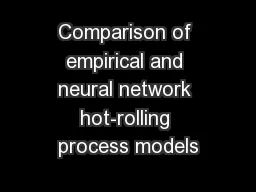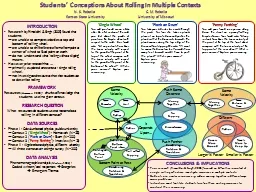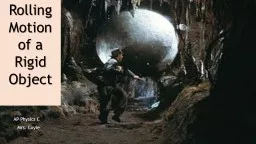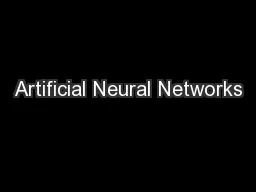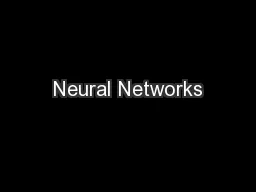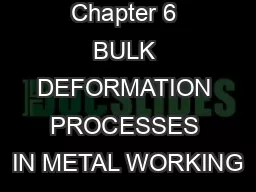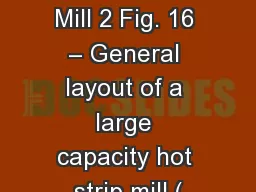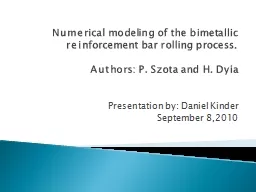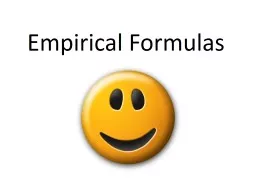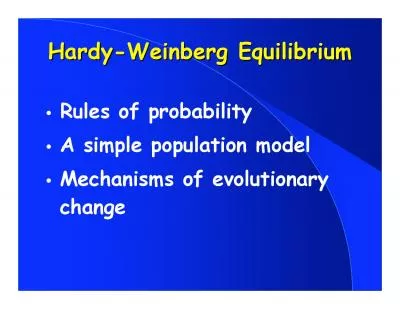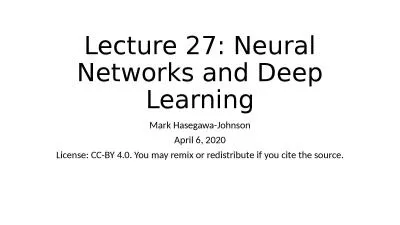PPT-Comparison of empirical and neural network hot-rolling process models
Author : calandra-battersby | Published Date : 2018-09-21
E Oznergiz C Ozsoy I Delice and A Kural Jed Goodell September 9 th 2009 Introduction A fast reliable and accurate mathematical model is needed to predict the
Presentation Embed Code
Download Presentation
Download Presentation The PPT/PDF document "Comparison of empirical and neural netwo..." is the property of its rightful owner. Permission is granted to download and print the materials on this website for personal, non-commercial use only, and to display it on your personal computer provided you do not modify the materials and that you retain all copyright notices contained in the materials. By downloading content from our website, you accept the terms of this agreement.
Comparison of empirical and neural network hot-rolling process models: Transcript
Download Rules Of Document
"Comparison of empirical and neural network hot-rolling process models"The content belongs to its owner. You may download and print it for personal use, without modification, and keep all copyright notices. By downloading, you agree to these terms.
Related Documents

